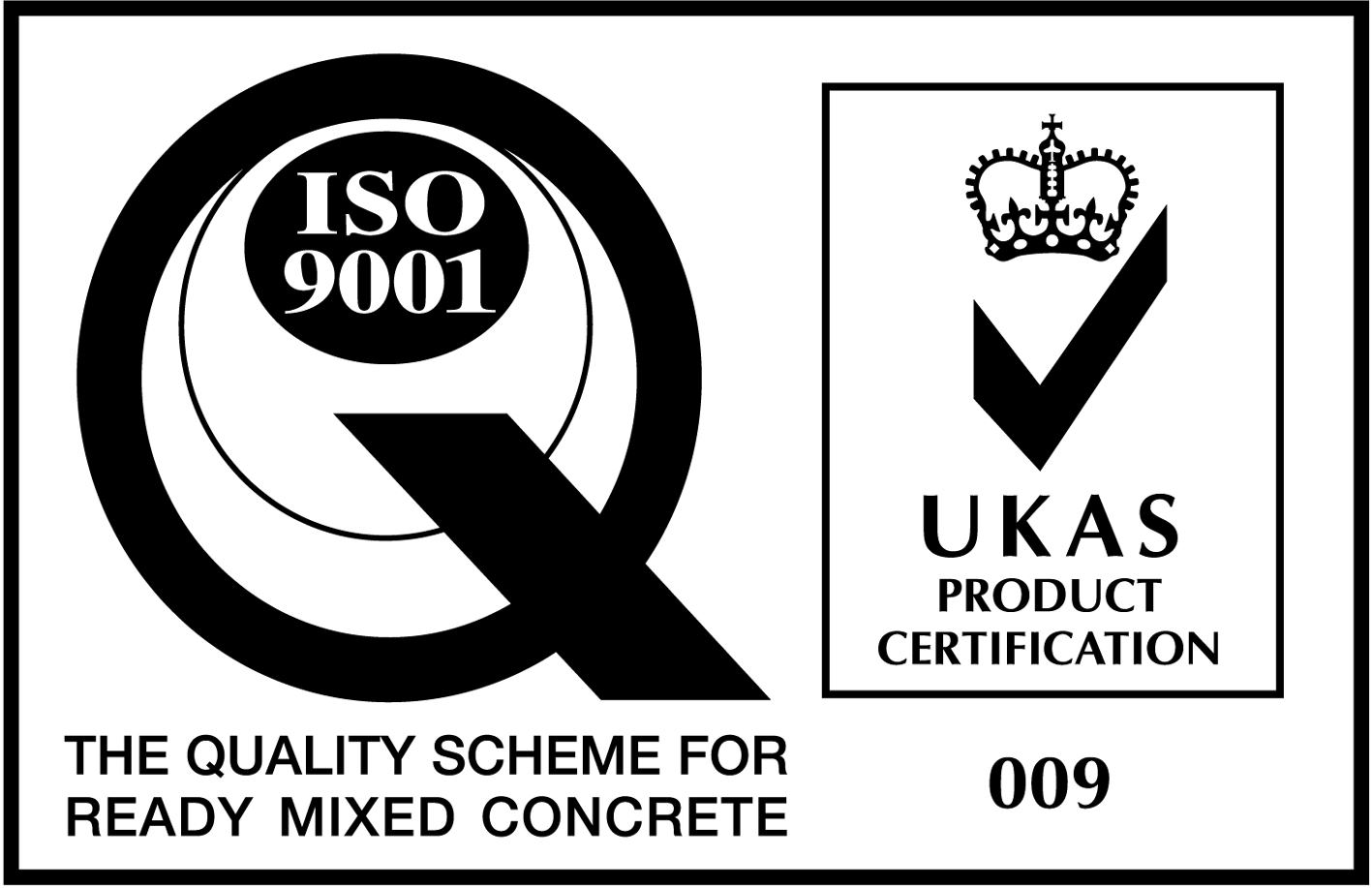What’s the Difference Between Cement and Concrete?
Many people believe that concrete and cement are two words for the same thing. As a result, you might hear people refer to cement when they actually mean concrete and vice versa.
The truth is, concrete and cement are closely linked but are also very different. In this article, find out the differences between cement and concrete, including what they are, what they’re composed of and how they’re used.
Here at Total Concrete we can deliver concrete across Woking, Guildford, Surrey, Berkshire, Hampshire and the surrounding areas.
No matter how much concrete you need, or what project you are working on – you can count on us!
Call 0800 859 5371 to order your concrete today!
What is cement?
Cement is the binding agent that, when mixed with water, sand and gravel, creates concrete — the hard, durable material used in construction.
Cement is a bonding agent. More significantly, cement is the bonding agent that is used in concrete. That’s right, cement is not concrete, it is simply a component of concrete. Concrete is composed of a few different materials. When combined with water, cement turns into a paste which binds all these materials together.
What is concrete?
Concrete is a building material used in a huge range of applications.
Concrete is what we refer to when we talk about the extremely durable material in buildings and pavements. It is a composite product, composed of various other materials. All of these materials are bonded together by cement, the bonding agent.

What is cement used for?
Cement isn’t only used in concrete, it is also used in mortar for plastering and grout for masonry. However, cement is a bonding agent and is never used on its own.
What is concrete used for?
Concrete is the most commonly used man-made material on Earth. Almost every construction project uses concrete, thanks to its immense strength and durability. Concrete is used in everything from bridges and buildings to kerbs and drains.
What is cement made of?
Cement is a collection of different materials extracted from limestone, clay, marl, shale, chalk, sand, bauxite and iron ore. The materials extracted from limestone are what makes up most of cement.
What is concrete made of?
Concrete is composed of sand, gravel (or other fine aggregates and cement. Water is added to the mix when it is time to activate the cement.
How is cement made?
The materials used in cement are crushed and heated to around 1500°C. The resulting product is called clinker and is ground into a fine powder and packaged, ready to be activated with water when needed.
How is concrete made?
Aggregates, water and cement are combined to create a mixture that can be poured into a mould. The combination of water and cement sparks a chemical reaction called ‘hydration’. Shortly after hydration has started, the concrete will begin to harden, so it’s important that concrete is placed in the desired mould before it gets too hard.
Adequate moisture, temperature and time are provided to aid the hydration process and maximise the concrete’s structural properties. This is known as curing, and this is why you can’t step on concrete for a few days after it has been poured. Technically, concrete never stops curing, but after 28 days it will have gotten close enough to its maximum strength that whatever you make will be ready to be put to use reliably.
With over 20 years of experience as concrete experts, we know a thing or two about concrete. We strive to provide the highest-quality concrete mix, mixed precisely to your specifications. So no matter what you need your concrete for, you can be sure of getting the best result every time.
Thanks to our concrete batching plant, we can deliver just what you need, every time.
For high-quality concrete throughout Guildford, Surrey and Woking, contact the Total Concrete team today.
 Trade Zone
Trade Zone
